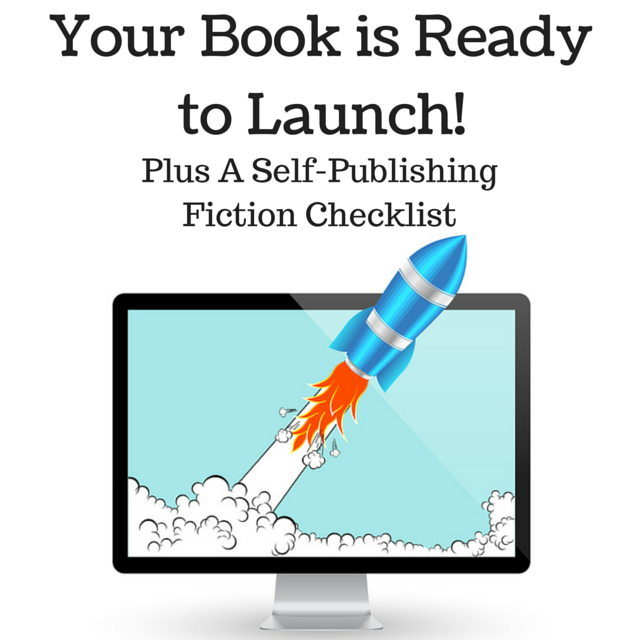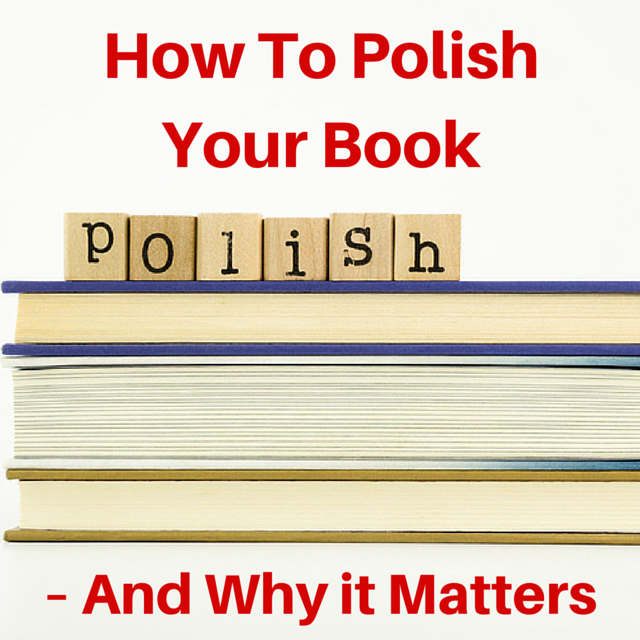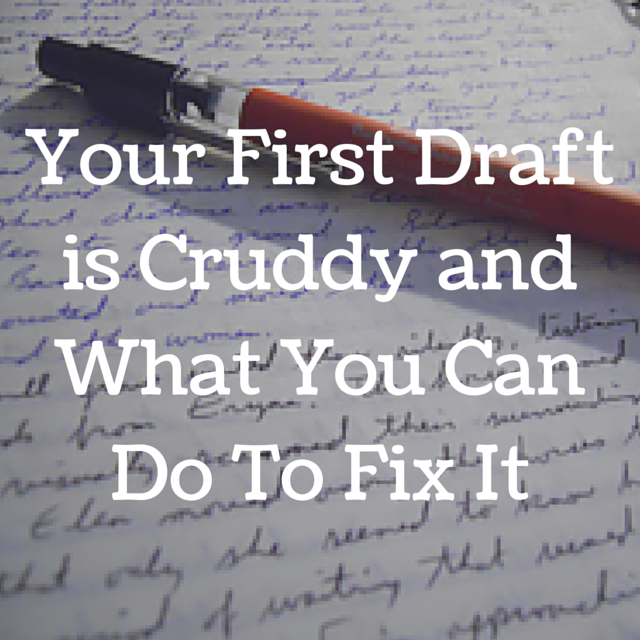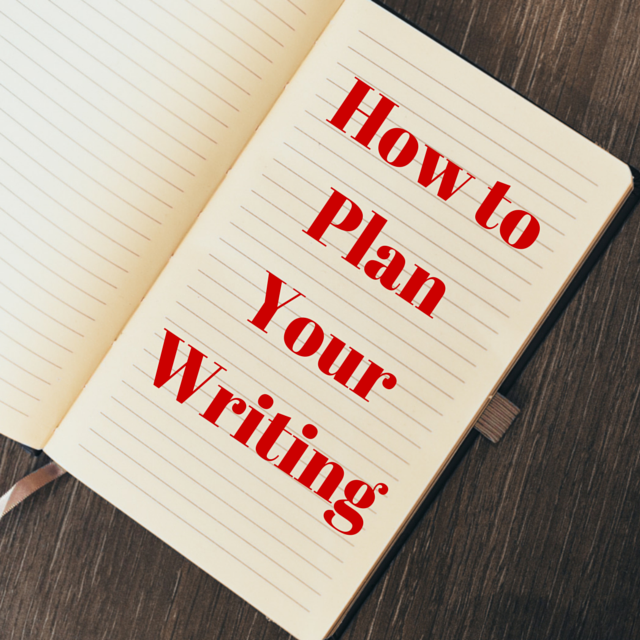
You’ve written your book. It’s polished to perfection and you’ve been building an audience on your blog and social media. Now what? Before you launch consider drumming up a bit of excitement surrounding your book. Here are a few ideas to help you get the launch party started:
Increase Your Activity
A few weeks before you’re going to launch your book, consider increasing the number of posts you publish on your blog. Also, increase your activity on social media. Engage in more conversations. Post more content and share, retweet, and repin more material.
Hold a Contest
Everyone loves to win something. You can give away a copy of your book. You can also take it to the next level and give away an eReader like a Kindle or a Nook. Contests create excitement and awareness for your book launch.
Share a Sample
Give your audience an opportunity to read a bit from your book. Usually the first chapter or two is a good amount to share. When you publish, you will have the opportunity to give readers a sample. It’s always great to end the sample with a hook so that potential readers will want to buy your book to find out what happens next in the story.
Beta Readers
Consider releasing your book to a dozen or so beta readers first. Ask them for reviews and quotes. You can use the reviews and quotes to help market your book. If you have friends who are authors, that boosts your credibility.
There are other marketing opportunities that you might want to consider such as a blog tour, a virtual book-signing event, and don’t forget to invite your fans and email subscribers to share their thoughts about the book. What did they like about your book? Get people involved in your launch and ask them to spread the word. Ask for reviews. Reviews sell books!
Once your book has been released, continue marketing it actively and start on your next book. There’s nothing that boost sales like the launch of a second book. Studies on publishing have shown that book sales for prior books increase when you launch a new book.
Creating and publishing a book is hard work. The most prolific writers are able to release a new book two to three times a year. They’re productive and profitable because they have a system. Hard work can be incredibly rewarding and profitable. Create your own system and enjoy the process of profiting from your creativity.
Here is a great checklist to use as you go through the writing process. We have included the links to the other blog posts in this series for you to use as reference. You can download it here – Creativity into Profit Checklist.
Your Book is Ready to Launch!





